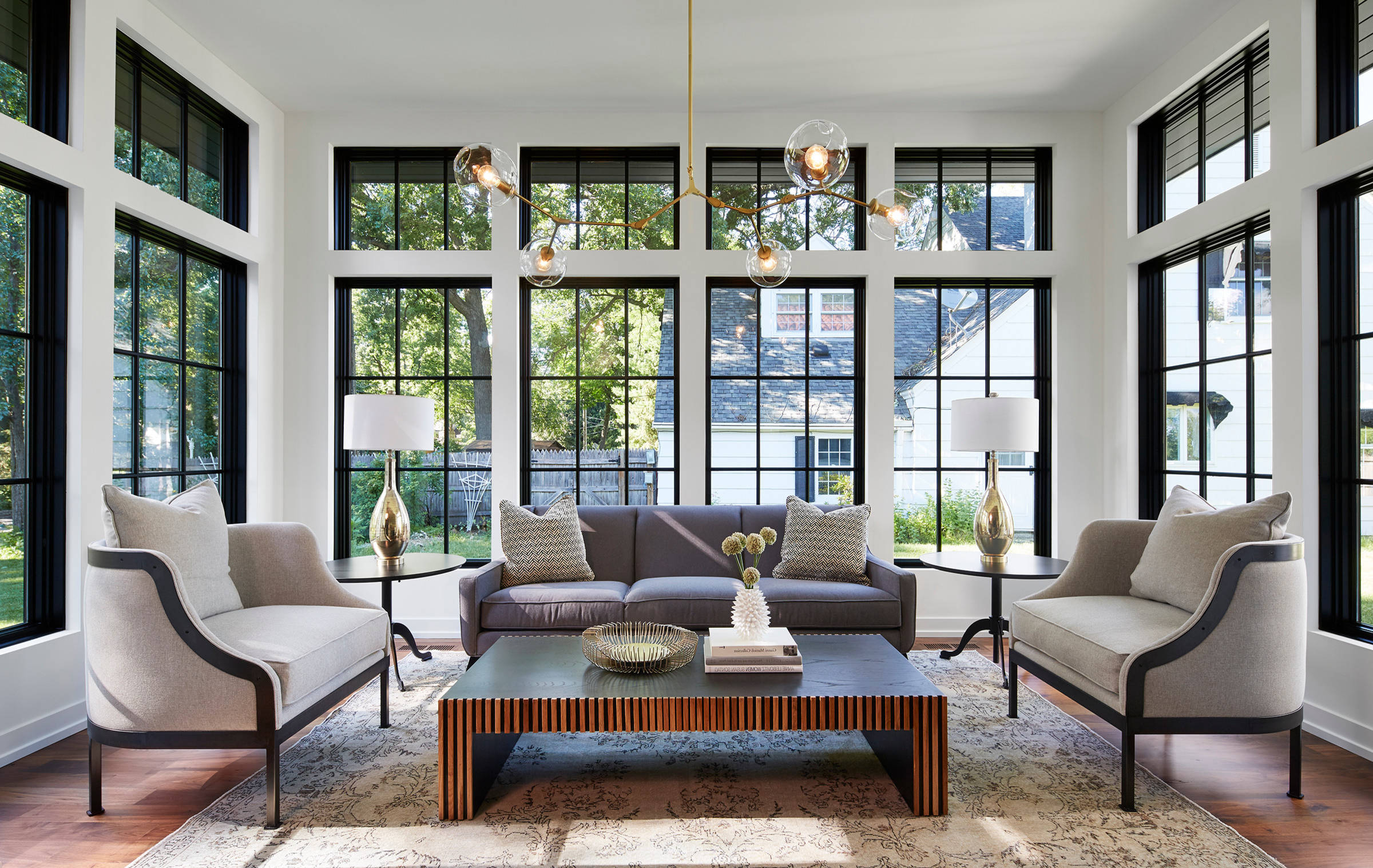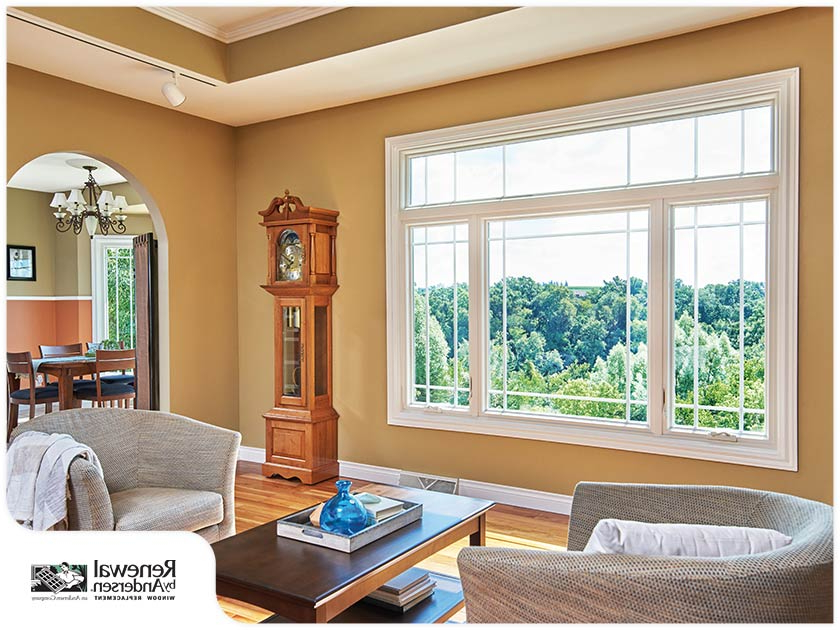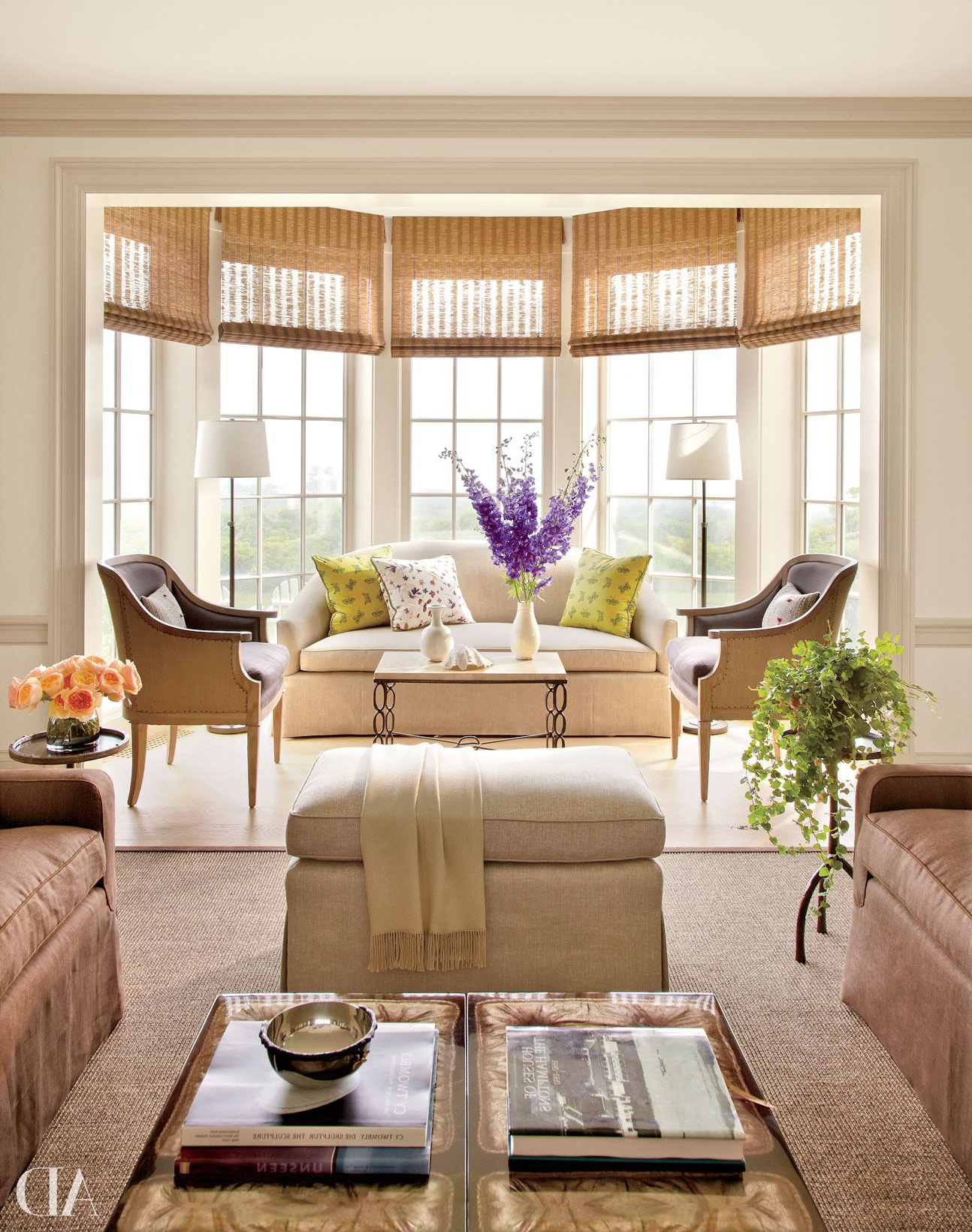Imagine walking into a room where the morning sun dances across walls, casting gentle shadows and filling every corner with warmth. That’s not just a dream – it’s possible with the right window arrangements. Every home has the potential to become a bright sanctuary, but it starts with understanding how to work with natural light rather than against it.
Natural light isn’t just about brightness – it’s about creating spaces that feel alive, welcoming, and full of energy. When we think about maximizing natural light, we often focus on the obvious: big windows, open floor plans, and light-colored walls. But there’s so much more to explore. What if you could strategically position windows to catch the golden hour rays? Or arrange them in ways that bounce light around a room like a mirror game? The possibilities are endless when you approach window design with creativity and intention. It’s not just about letting light in – it’s about directing it, controlling it, and making it work for you.
Understanding How Light Moves Through Space
Before diving into window arrangements, it helps to understand how light behaves. Sunlight travels in straight lines until it hits something, then bounces, reflects, or gets absorbed. The angle of the sun changes throughout the day and seasons, affecting how much light enters your home. Morning light tends to be softer and warmer, while afternoon sun can be harsher and brighter. Understanding these patterns allows you to plan window placements that take advantage of peak light hours. For instance, placing a large window facing east means you’ll get plenty of morning light but might miss the afternoon sun. Consider how different rooms function during various times of day. A kitchen needs bright light in the morning for cooking, while a bedroom benefits from softer light in the evening. This awareness becomes the foundation for creative window planning.
Strategic Window Placement for Maximum Impact
The location of your windows matters more than you might think. Think about the flow of your daily routine and how you move through your space. If you spend time in a particular area in the morning, that’s probably where you want the most light. South-facing windows typically receive the most consistent sunlight throughout the day, making them ideal for living areas and workspaces. East-facing windows bring in gentle morning light, perfect for bedrooms or breakfast nooks. West-facing windows offer dramatic afternoon light but can be too intense for some activities. North-facing windows provide soft, even light all day long – great for art studios or reading nooks. But here’s the thing: you don’t have to stick to traditional orientations. Sometimes a window on the north side of a room can be transformed into a brilliant light source by using reflective surfaces or clever design elements. The key is matching your window strategy to your lifestyle and needs.
Creative Window Shapes and Sizes
Not every window has to be a standard rectangle. The shape of a window can dramatically change how light enters and moves through a room. Large, floor-to-ceiling windows create a sense of openness and allow maximum light to pour in. They’re especially effective when positioned to capture the sun’s path across the sky. Sliding windows can be used to create multiple light sources, with one window opening to let in morning light while another lets in afternoon sun. Arched windows add visual interest while still allowing good light entry. They can frame views and direct attention to specific areas of your home. Even small, decorative windows can contribute to overall lighting when placed thoughtfully. Picture windows, bay windows, and bow windows each have unique characteristics that affect light distribution. Bay windows, for example, can create additional wall space for light to reflect off, while bow windows offer multiple angles of light entry. Sometimes the most creative solutions come from combining different window types within one room.
Using Reflective Surfaces to Amplify Light
Light doesn’t just come through windows – it bounces around the room once it’s inside. That’s where reflective surfaces come into play. Mirrors are perhaps the most obvious choice, but they’re far from the only option. Light-colored walls and furniture naturally reflect light back into the room. White, cream, and pale pastel colors work particularly well for this purpose. Polished floors, especially those with light finishes, can bounce light around effectively. Even metallic accents like brass fixtures or chrome hardware can add subtle reflections that enhance the overall brightness. The key is to think about how light travels through your space and where you can place reflective elements to amplify what comes through the windows. A mirror strategically placed opposite a window can literally double the amount of light entering a room. It’s not just about making things look shiny – it’s about creating a system where light works with your design rather than fighting against it.
Multi-Level Window Designs for Layered Lighting
One of the most sophisticated approaches to maximizing natural light involves thinking about windows on multiple levels. This means considering not just the main windows, but also skylights, clerestory windows, and even windows in upper levels that can channel light down into lower spaces. Imagine a staircase that has a window in its landing – that light can travel down the stairwell and illuminate the entire lower level. High windows can let in light while maintaining privacy, and they’re particularly effective in hallways or narrow corridors. A clever arrangement might include a window on the first floor that directs light toward a hallway, where a second window on the ceiling can further distribute that light. These layered approaches require more planning but can transform a dark space into something luminous. They’re especially useful in homes with limited exterior wall space or in rooms where traditional window placement isn’t ideal.
Seasonal Considerations and Adjustable Solutions
Natural light changes with the seasons, and smart window arrangements account for this. In summer, you might want to minimize direct sunlight to keep rooms cool, while in winter, you’ll want to maximize it for warmth and comfort. This is where adjustable features become incredibly valuable. Exterior shutters or blinds can be opened and closed based on seasonal needs. Some modern homes feature operable windows that can be adjusted throughout the day. Even simple interior blinds or curtains can be used to control light intensity. Consider installing window treatments that can be adjusted for different times of day or seasons. For example, a light-filtering curtain might work perfectly in spring and fall, but you’d want a heavier fabric in winter to retain heat. The goal is to create a system that adapts to changing conditions rather than being fixed in place. Sometimes the most creative solutions involve thinking about how you’ll use your space year-round.
Maximizing natural light through creative window arrangements isn’t just about aesthetics – it’s about creating spaces that support your wellbeing and daily life. When you think about how light moves through your home, you begin to see opportunities everywhere. It’s not enough to simply install bigger windows; you need to consider how that light will behave and what you can do to guide it effectively. From strategic placement to thoughtful use of reflective surfaces, every decision impacts the quality of light in your space. The best window arrangements are those that work with your lifestyle, your family’s needs, and the natural rhythms of your environment. Whether you’re renovating an existing home or designing a new one, remember that the way you treat light can make all the difference between a room that feels cramped and one that feels expansive. Sometimes the smallest adjustments can create the biggest improvements in how your space feels and functions.















